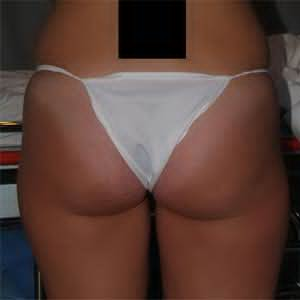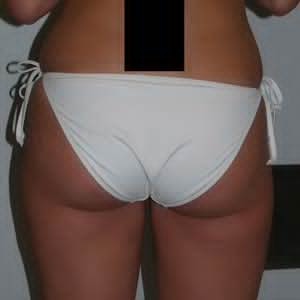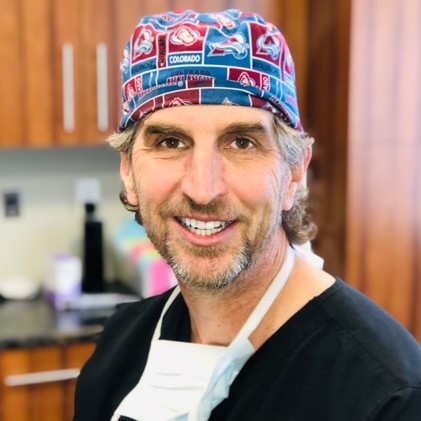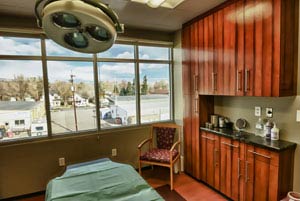Liposuction Denver


Liposuction is designed to slim and reshape specific areas of the body. Not only are excess fat deposits removed, but the specific area is sculpted and contoured, which can ultimately improve self-confidence and self-image. Unwanted fat deposits can be removed from multiple areas of the body including thighs, arms, neck, hips, waist, back, inner knee, chest, cheeks, chin, calves, and ankles. While liposuction is often performed as a single procedure, Dr. Swail may also recommend combining it with additional procedures to achieve optimal results and balanced body proportions.
Liposuction Procedure
Liposuction is done through a number of very small incisions surrounding the affected area. By using multiple small incisions, this greatly reduces the appearance of visible scarring. Once the incisions have been made, a sterile liquid solution is introduced to reduce bleeding and trauma. Through these tiny incisions, a small hollow tube called a cannula is inserted to dislodge any troublesome fat deposits. The cannula loosens the fat in a smooth and controlled, back-and-forth motion. Once the affected areas have been targeted by the cannula, dislodged fat will be suctioned out of the body using a surgical vacuum, which is attached to the cannula.
As liposuction has grown in popularity, multiple advanced techniques have been developed to reduce bleeding and trauma to the body. These advanced techniques can minimize the amount of discomfort following the procedure, as well as reduce a patient’s recovery time.
- Tumescent Liposuction: In this type of liposuction technique, a large volume of diluted local anesthetic containing epinephrine is introduced to the tissue until it becomes distended. This allows the procedure to more precisely target the stubborn fat deposits and greatly reduces blood loss.
- Ultrasound or Laser Liposuction: These techniques are designed to use ultrasound or laser energy to liquefy the stubborn fat deposits allowing for easier removal.
Liposuction Results
It is common for there to be substantial fluid drainage in the first 12 to 24 hours following the procedure, and thus will rapidly decrease over time. Most patients are able to look after themselves the day after the procedure is completed and can return to light activity one to four days post-surgery. Strenuous activity can typically be resumed after four to six weeks.
Prior to each liposuction procedure, Dr. Swail meets with each patient personally to discuss his or her desired results and expectations. This allows Dr. Swail to design a customized procedure to achieve excellent, long-lasting results. With proper exercise and diet, liposuction can deliver permanent results. However, please note that stubborn fat deposits can return if a patient experiences substantial weight gain following the procedure.






Recent Comments